World
On This Day in Science - March 26
By Jake Beardslee · March 26, 2024

Join us as we unravel the captivating stories behind these scientific milestones, celebrating the inquisitive minds and tenacious spirits that dared to push the boundaries of what was once thought impossible.
Let's explore the scientific events that occurred on this day, March 26.
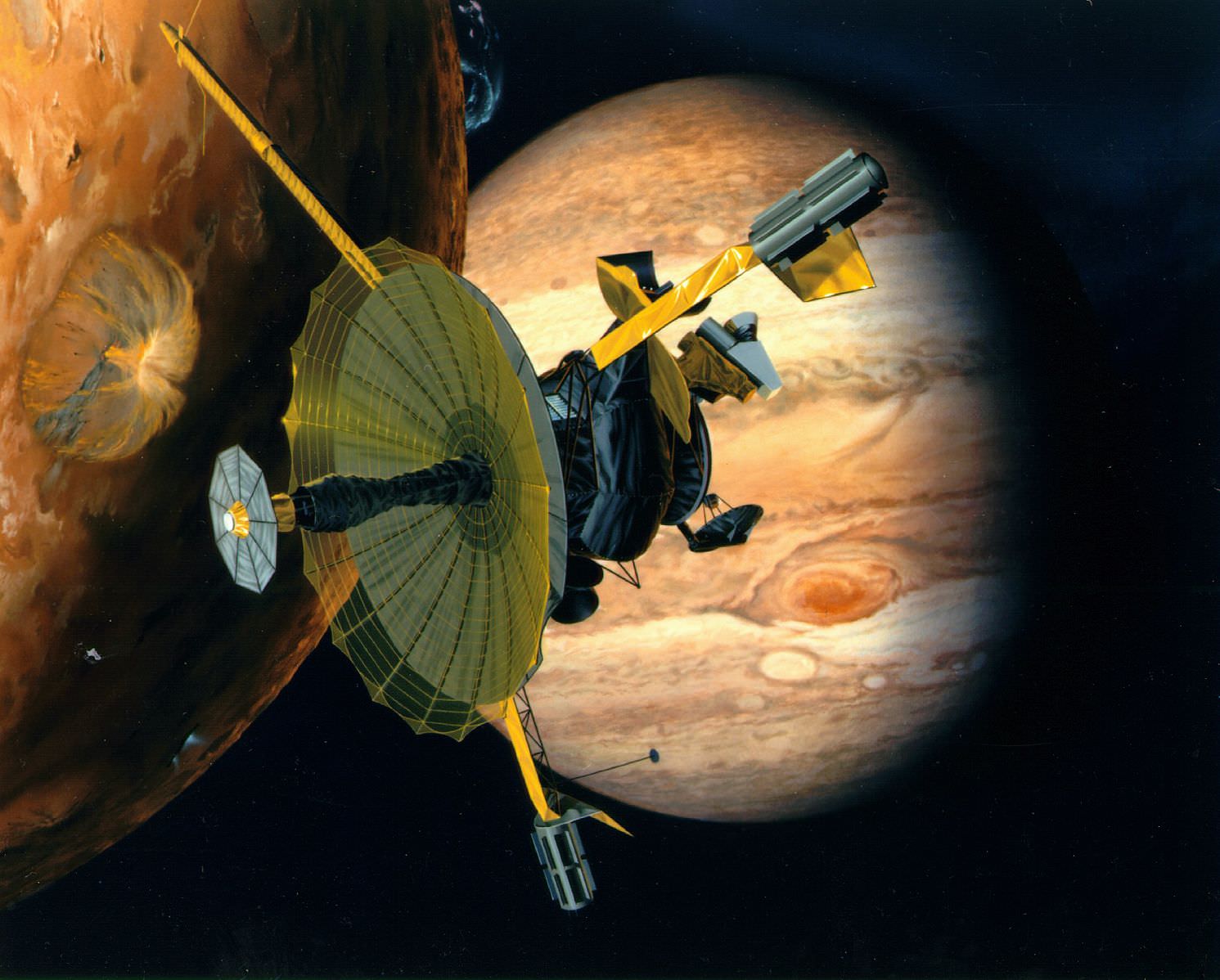
Asteroid's First Moon Discovered
On March 26, 1994, NASA's Galileo spacecraft captured the first image of a moon orbiting an asteroid. The potato-shaped asteroid Ida and its tiny moon Dactyl were imaged, revealing a previously unknown phenomenon in our solar system. NASA/Wikimedia
Dr. Jonas Salk's Polio Vaccine
On March 26, 1953, Dr. Jonas Salk announced his groundbreaking vaccine to immunize people against the devastating polio virus, marking a significant milestone in the fight against the disease. SAS Scandinavian Airlines/Wikimedia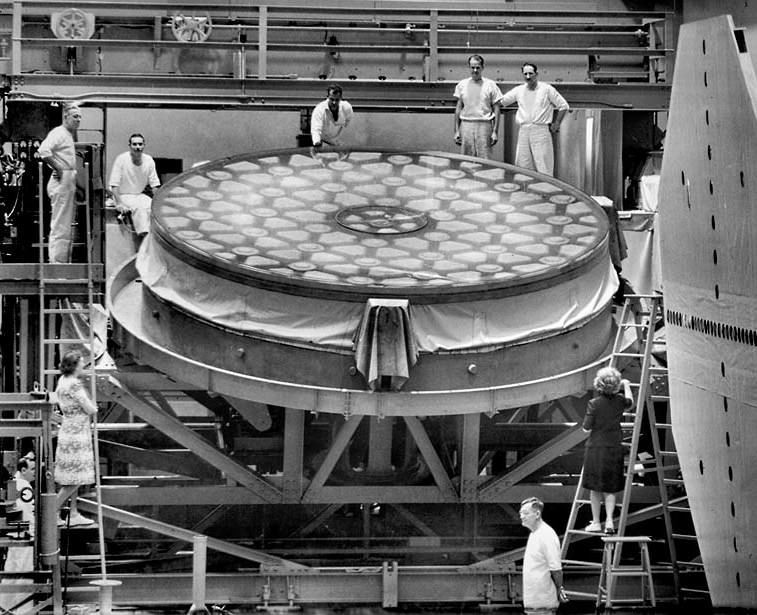
Palomar Telescope Mirror
On March 26, 1936, the 20-ton, 200-inch diameter Pyrex glass mirror for the Palomar Observatory's Hale Telescope was shipped by train from New York to California, initiating a four-year polishing process before the telescope's dedication in 1948. Paul Calvert, Los Angeles Times/Wikimedia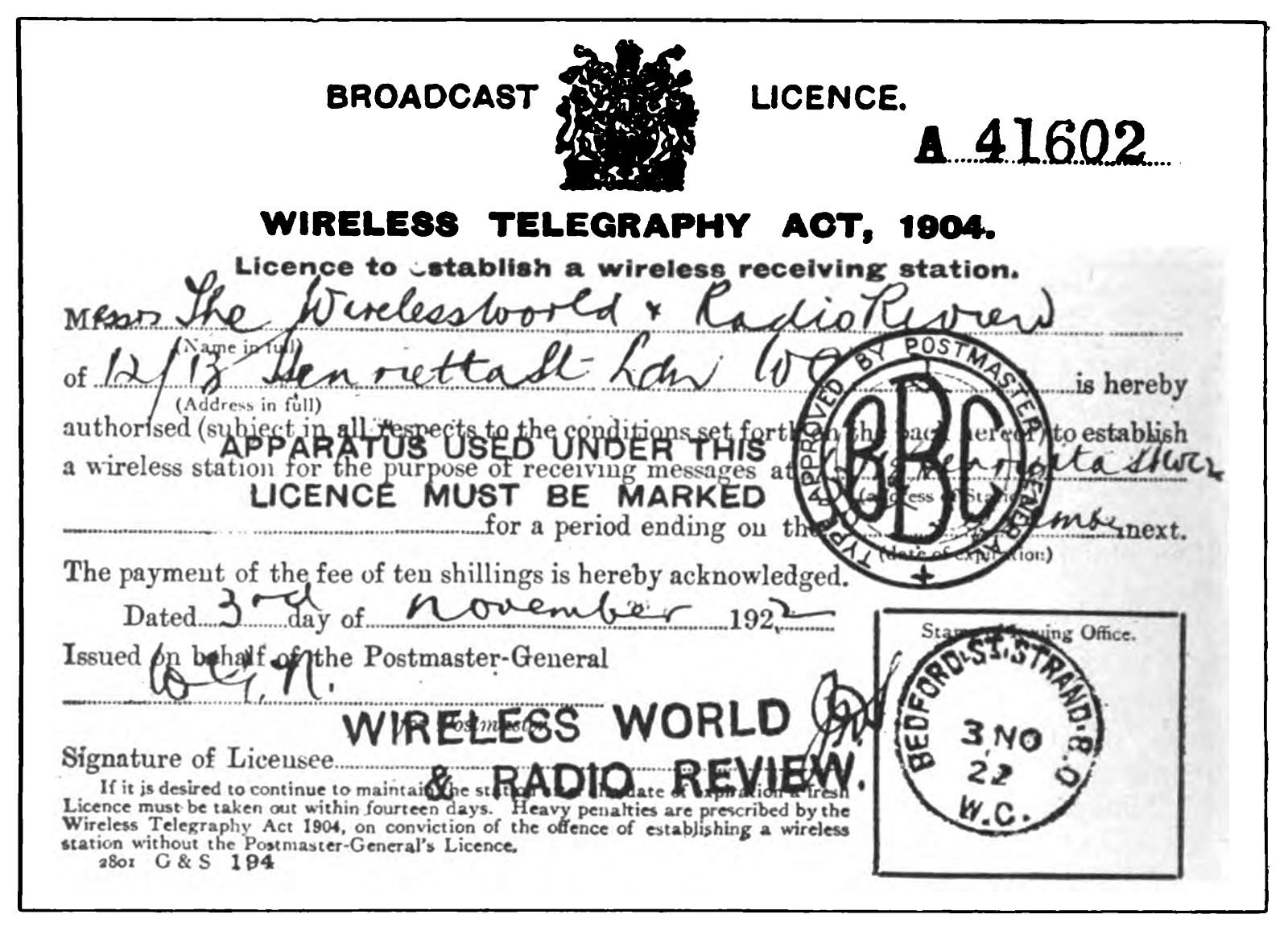
BBC Begins Daily Weather Forecasts
On March 26, 1923, the British Broadcasting Corporation (BBC) started its daily radio weather forecast service, providing valuable meteorological information to the public. The Wireless Age Magazine/Wikimedia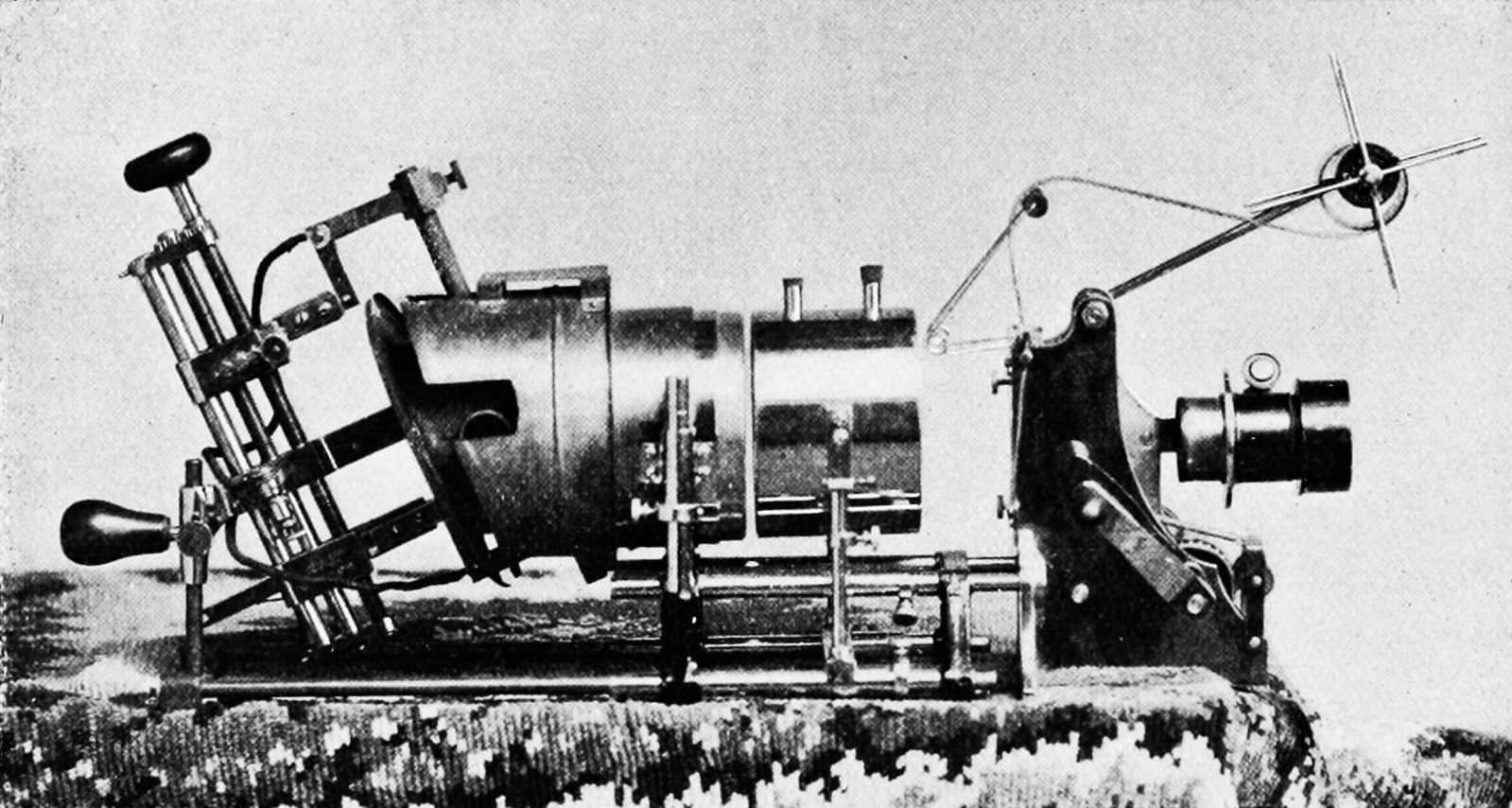
Phantoscope Motion Picture Projector Patented
On March 26, 1895, Charles Francis Jenkins patented the Phantoscope, an early motion picture projector that paved the way for large-scale film viewing experiences. Popular Science Monthly Volume 52/Wikimedia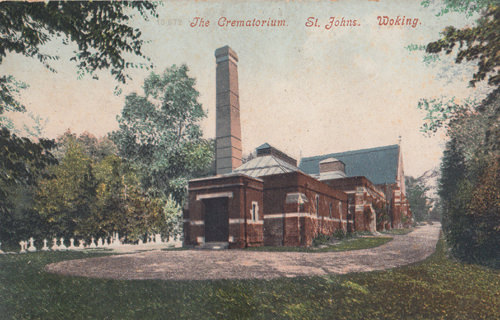
First Cremation in England
On March 26, 1885, the first cremation in England took place at the newly built Woking Crematorium, marking a significant shift in funeral practices in the country. PicturePrince/Wikimedia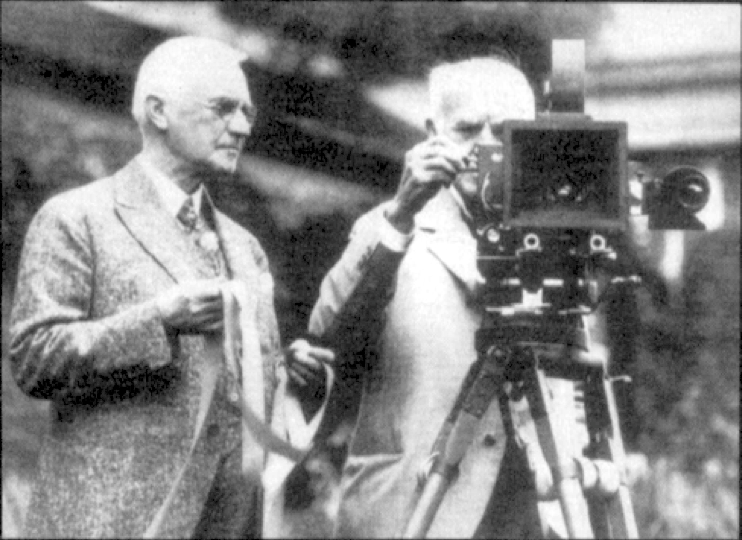
Eastman's Flexible Photographic Film Introduced
On March 26, 1885, George Eastman's flexible, paper-backed photographic film, the first continuous-strip negative, began commercial production, revolutionizing the field of photography. PD-US/Wikimedia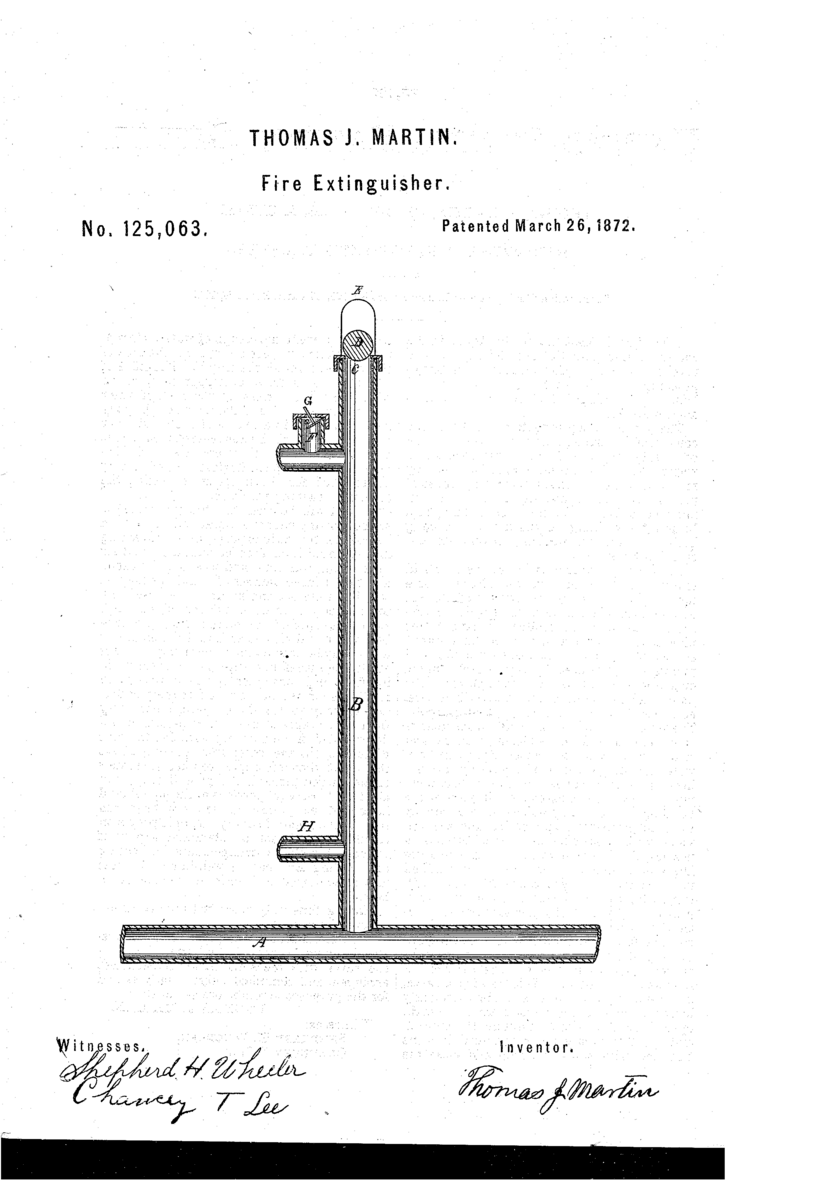
Fire Extinguisher System Patented
On March 26, 1872, African-American inventor Thomas J. Martin was granted a patent for an improved fire extinguisher system involving piping, valves, and pumps connected to a water source. Thomas J. Martin/Wikimedia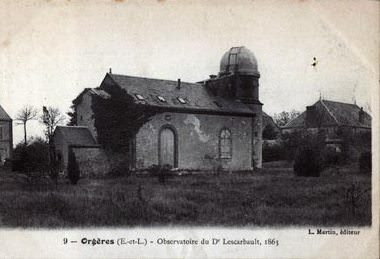
Vulcan Planet Allegedly Sighted
On March 26, 1859, French amateur astronomer Lescarbault reported sighting a new planet inside the orbit of Mercury, which he named Vulcan. However, it was never consistently observed again and is now believed to have been a rogue asteroid. L. Martin/Wikimedia
Adhesive Medicated Plaster Patented
On March 26, 1845, Drs. Horace Harrell and William H. Shecut were awarded a patent for an adhesive medicated plaster designed to be porous and easily removable, predating the modern Band-Aid. Votpuske/Wikimedia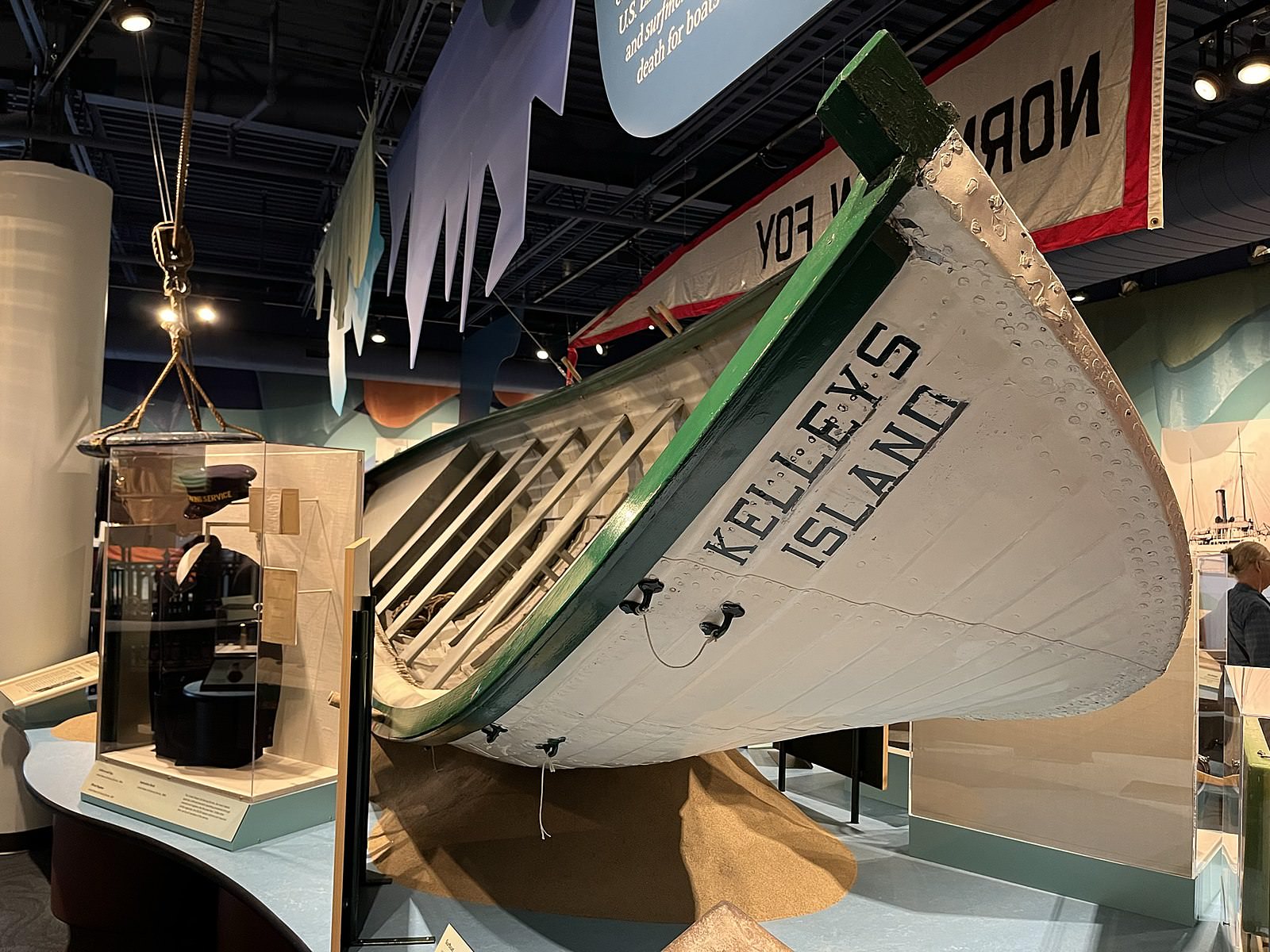
Lifeboat Design Patent Awarded
On March 26, 1845, Joseph Francis of New York City was issued a patent for a method of constructing lifeboats from sheet metal, featuring corrugated sides and a gunwale for added strength and rigidity. Mbrickn/Wikimedia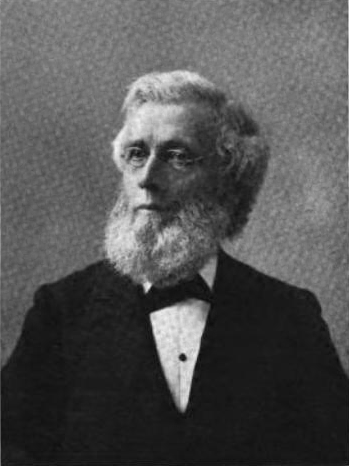
Wacky Railroad Car Patent
On March 26, 1895, Henry Simmons was awarded a peculiar patent for a "railroad car for passing," though the details of this invention are unclear. PD-US/Wikimedia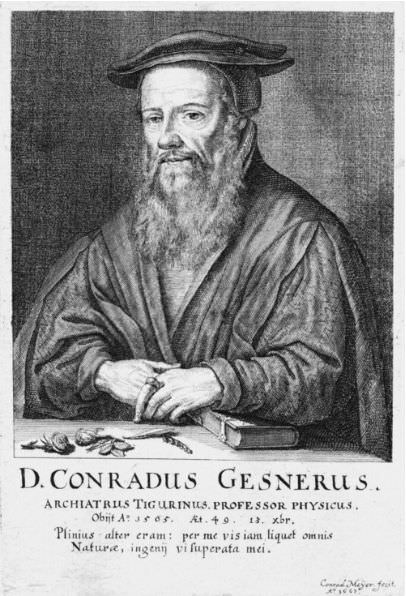
First Known Illustration of a Lead Pencil
The first known illustration of a lead pencil appeared in Swiss naturalist Conrad von Gesner's book on fossils, published on March 26, 1565. Conrad von Gesner/Wikimedia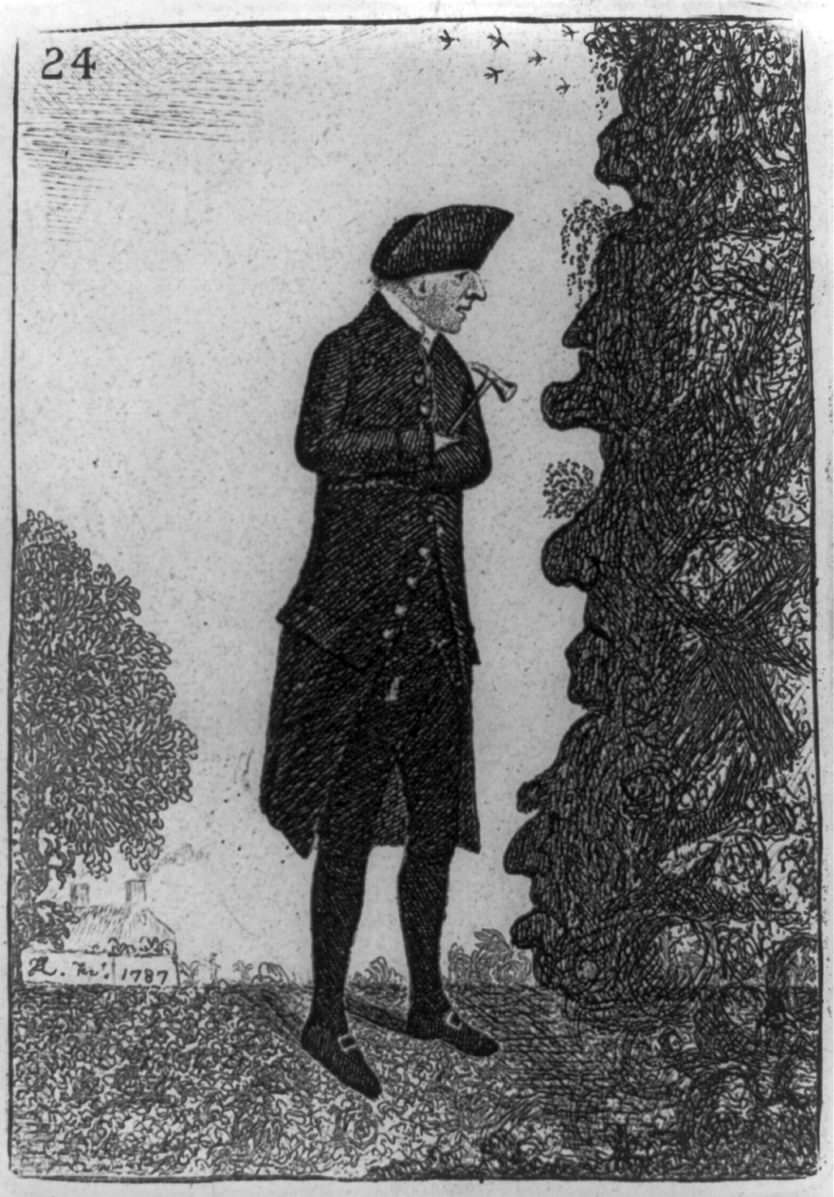
Geologist James Hutton's Passing
On March 26, 1797, Scottish geologist James Hutton, the founder of modern geology and the principle of uniformitarianism, passed away at the age of 70. John Kay/Wikimedia